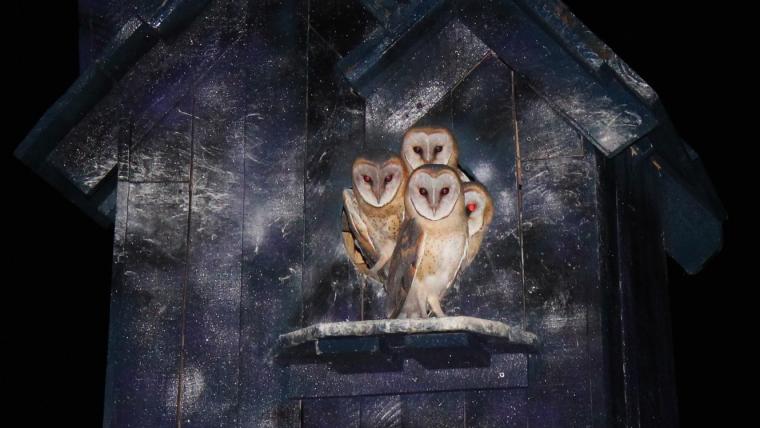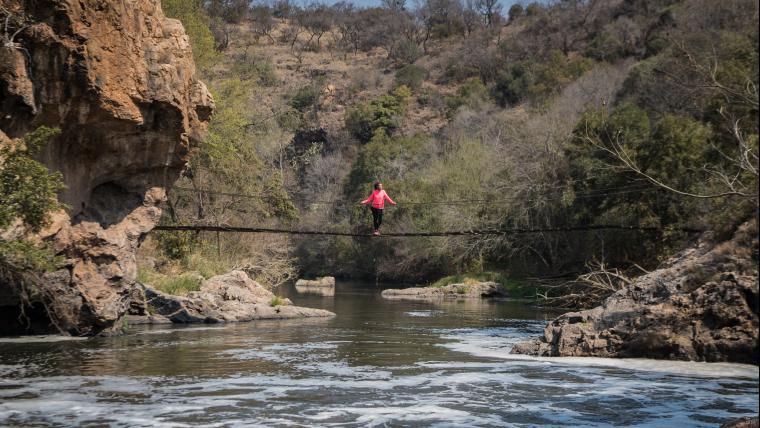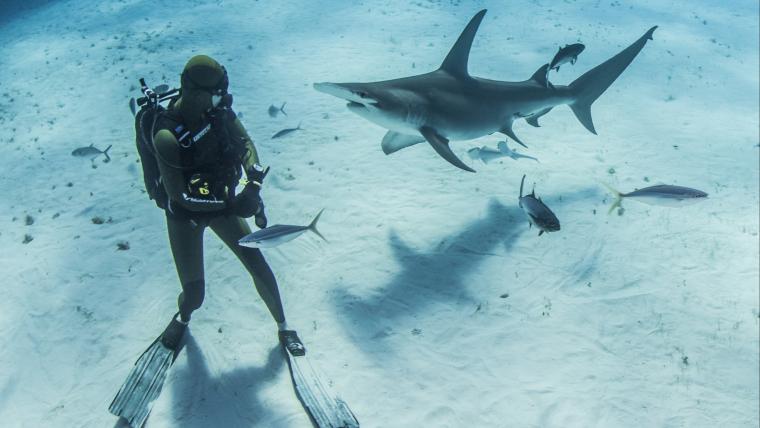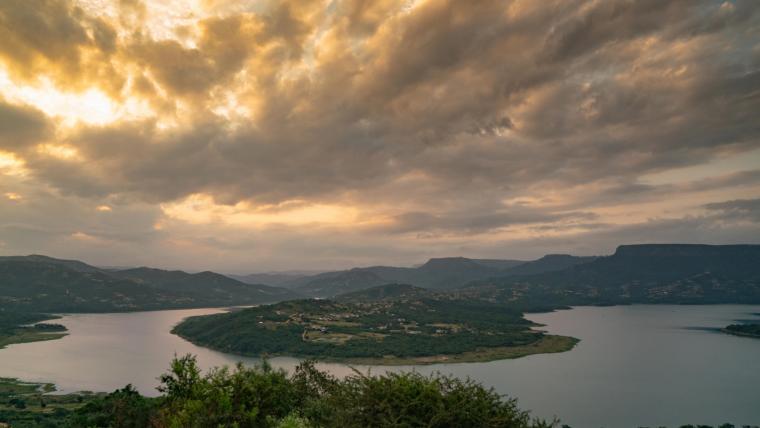
The owl fanatic protecting South Africa’s urban raptors
Owls have incredible eyes. Many of the southern African species possess irises of iridescent orange or yellow, but while their colour is striking, it’s what the extraordinary orbs can do that is truly amazing. Their size allows for maximum absorption of light during night time hunts and, because each pupil operates independently, owls can spot prey in both lit and shaded areas at the same time. Even so, this doesn’t stop them from flying into the thin barbed wire of high fences or becoming roadside casualties while they search for supper.
Brendan Murray, founder of the Owl Rescue Centre NPC, says the problem is that owls don’t look directly ahead during flight, but scan up to 15 metres in the distance for prey. Murray has been a lifelong fanatic for avian predators. Through the rescue centre he is realising his dream of protecting the most fascinating of urban raptors. “After 24 years of working with owls, they still intrigue me,” says Murray, who insists that there is as much reason to be concerned about Africa’s small creatures as there is to worry about our big cats and game.
“There’s a need for them to be relocated to safer spots,” he explains. “They get injured through humans: electric fences, rat poison, pellet guns, cars.” Murray fears that our expanding cities will one day leave owls with nowhere to go. Though many are able to adapt to the urban environment in which they find themselves, it’s not the best place for them. At the rescue centre, Murray and his team nurse sick and injured owls back to health and care for them until they can be set free in the wild. Where they belong.






























Please sign in to leave a comment